Tucked away on Japan’s scenic northwestern coast, Kanazawa is often called “Little Kyoto” — a name that is a nod to its elegant geisha districts, samurai neighbourhoods, and refined craftsmanship. Yet what sets it apart is the depth of Kanazawa culture, where centuries-old traditions are still woven into daily life. From artisan crafts to seasonal cuisine steeped in history, Kanazawa offers culture lovers a serene, authentic glimpse into the spirit of old Japan.
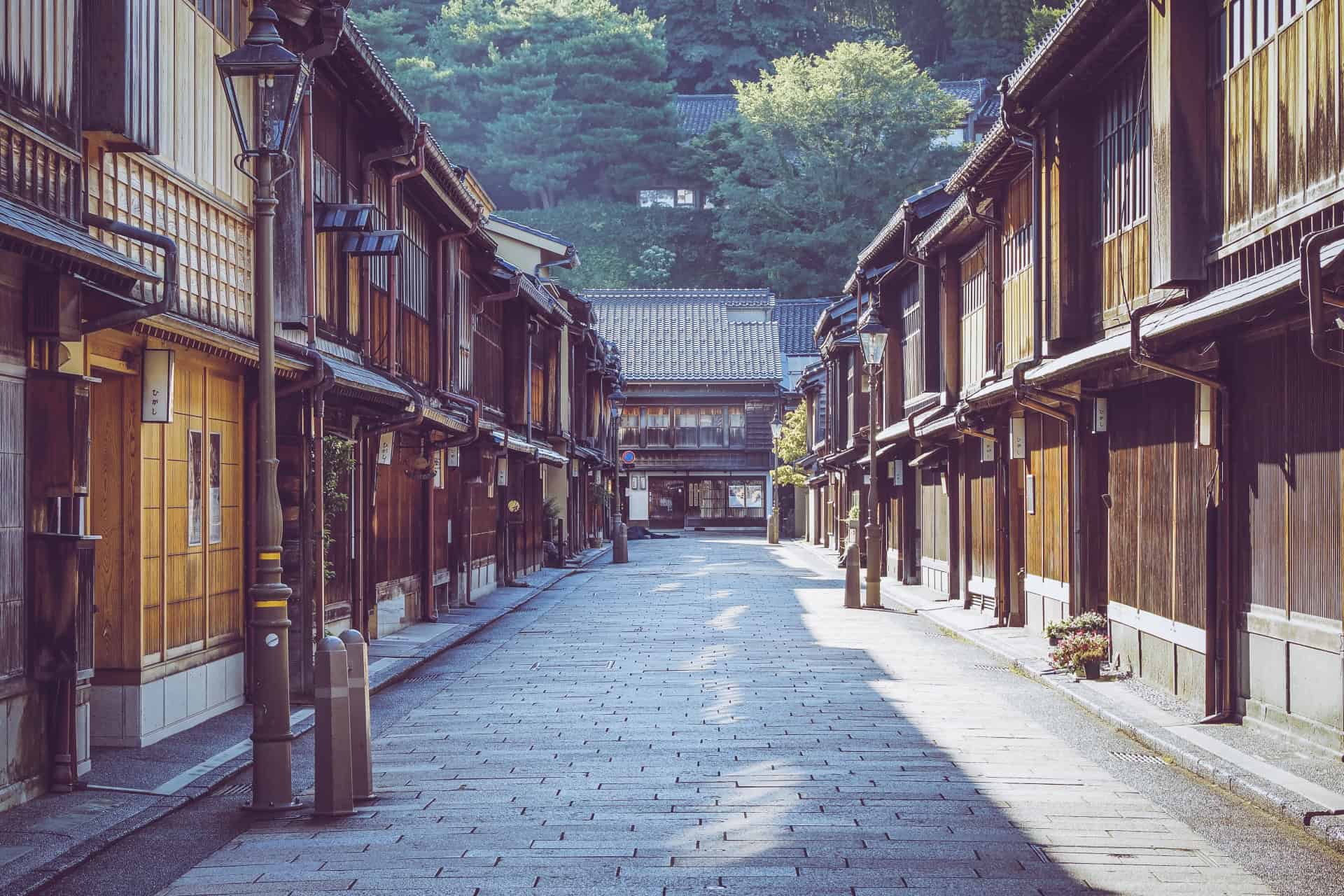
1. Kanazawa Culture Through the Ages
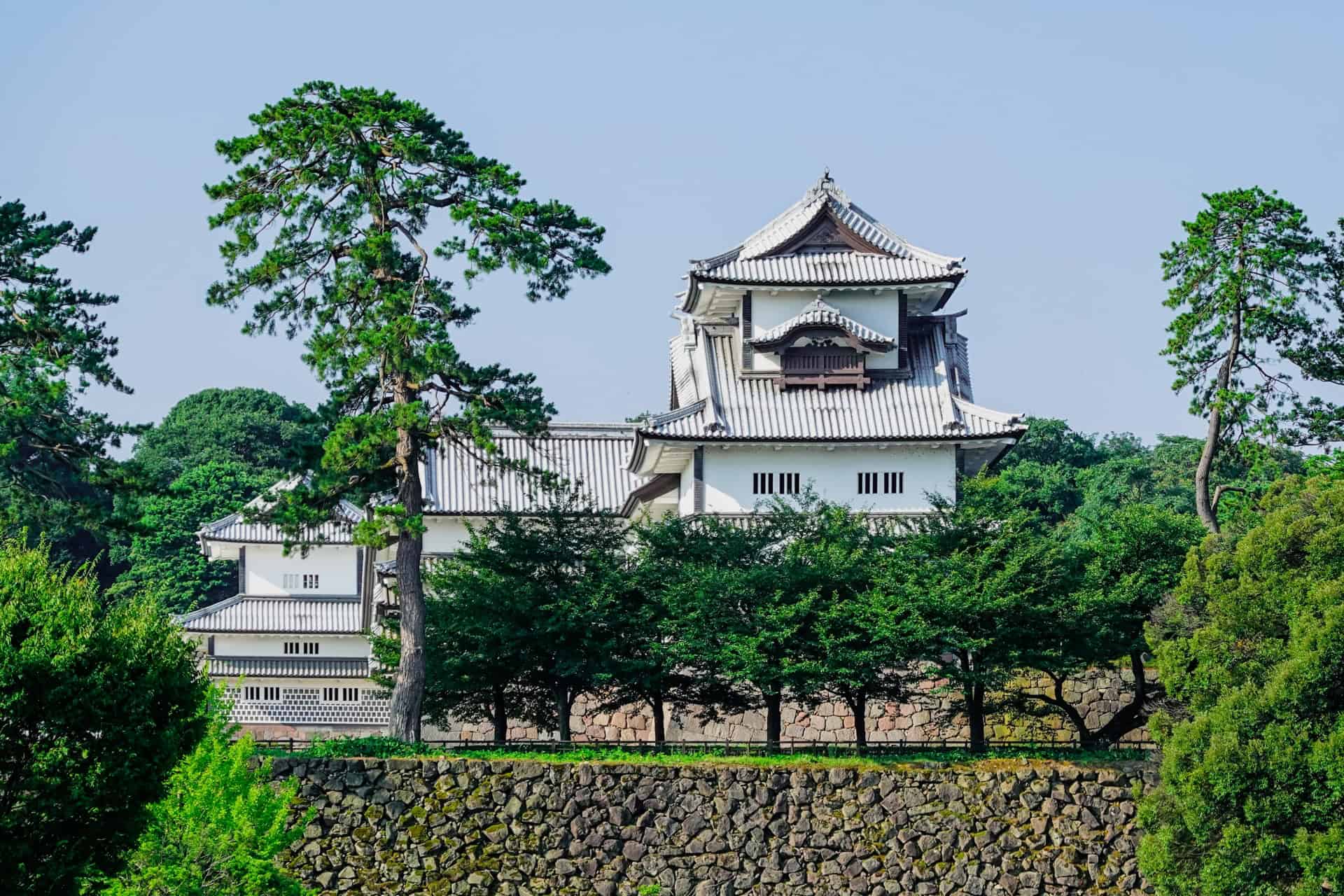
Kanazawa flourished during the Edo period (1603 – 1868), under the governance of the powerful Maeda clan, which was second only to the Tokugawa shogunate. While many cities underwent rapid modernisation, Kanazawa maintained its cultural essence, exemplifying the rich tapestry of Kanazawa culture through its samurai class, merchant families, tea masters, and skilled artisans.
Where to Step Into Kanazawa’s Past:
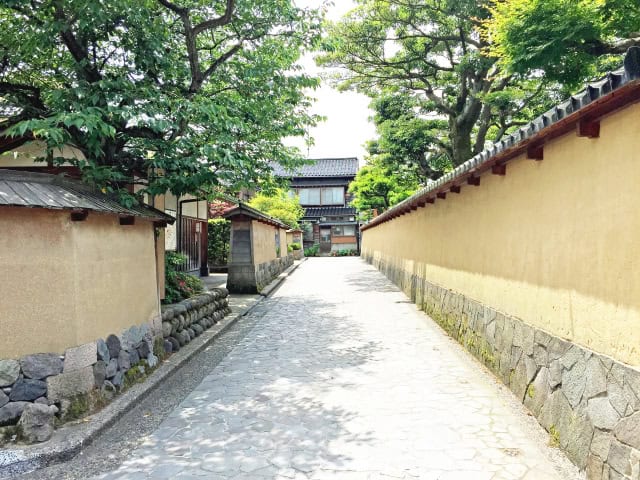
Nagamachi Samurai District ― Step back in time to the Edo period on narrow cobblestone streets lined with earthen walls. While most homes are private, the Nomura-ke Samurai Residence is open to the public offering a look at how an upper-middle class samurai lived.
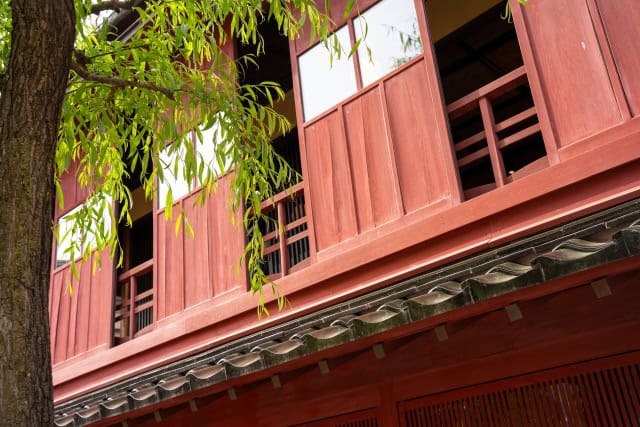
Higashi Chaya District ― Experience the charm of old Kanazawa in the city’s most famous geisha district. See the well-preserved teahouses with wooden lattice doors and windows, and visit the historic Ochaya Shima museum, a former geisha residence, for a glimpse into the past.
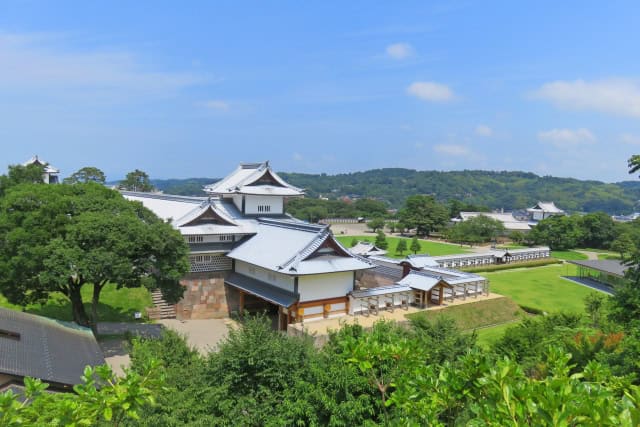
Kanazawa Castle ― Once home to the affluent Maeda clan, this castle serves as a powerful reminder of Kanazawa’s rich history, offering visitors insights into the feudal past. Explore the vast ground, admire the beautiful gardens and view the impressive architecture including the stone walls built with various techniques.
2. Traditional Crafts That Define Kanazawa
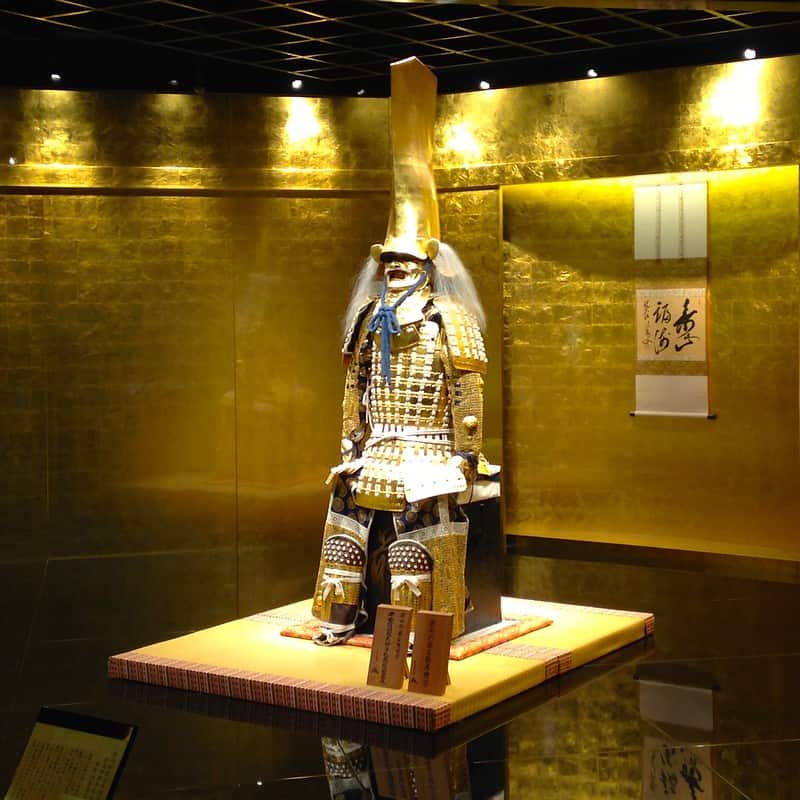
The essence of Kanazawa culture lies within its deep rooted artistry established by the wealthy Maeda clan who patronised local artisans for centuries. This history lives on in master crafts like shimmering gold leaf, distinctive Kutani porcelain, and the dyed elegance of Kaga Yuzen silk. These living traditions are integral to the city’s identity, inviting visitors to explore workshops and connect with a culture of timeless beauty.
Must-See Crafts and Workshops:
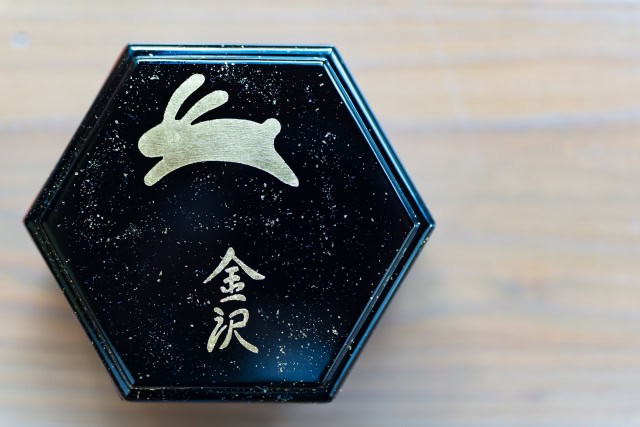
Gold Leaf ― Kanazawa is Japan’s top producer of gold leaf. Delicate sheets of gold are used to decorate various materials, now even applied to food. Learn more at the Kanazawa Yasue Gold Leaf Museum or try leafing it yourself at Kanazawa Gold Leaf Sakuda.
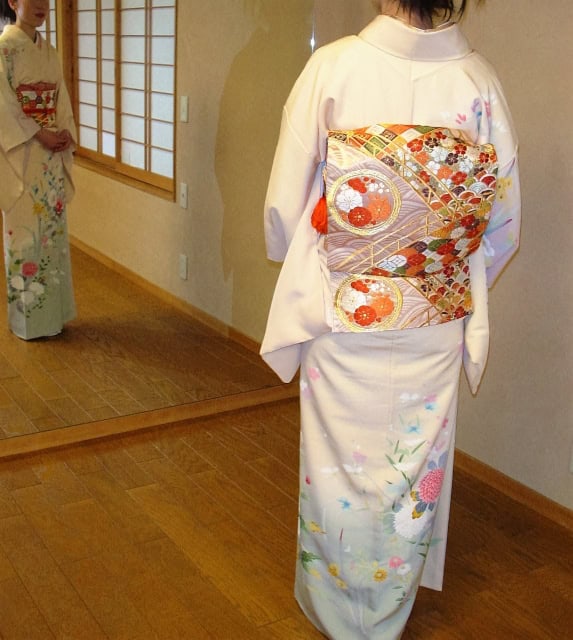
Kaga Yuzen Silk Dyeing ― Noted for its rich hues, striking colours and floral designs inspired by Kanazawa’s nature, Kaga Yuzen contrasts with its counterpart, Kyoto Yuzen, which features gold leaf and embroidery. Visit the Kaga Yuzen Kimono Center for the intricate silk dyeing live demonstrations and hands-on dyeing and kimono dressing experiences.
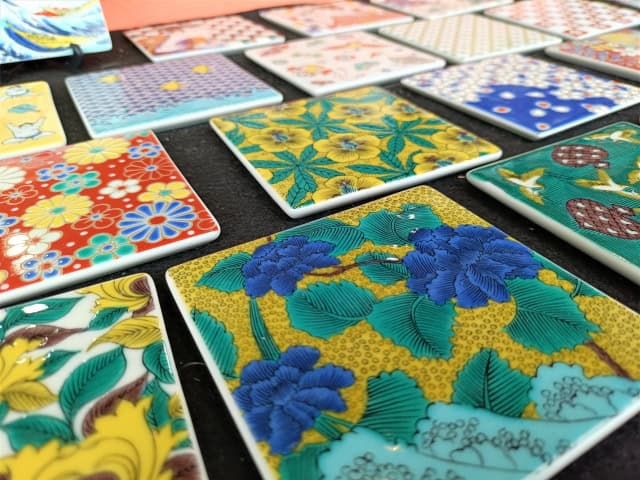
Kutani Ware ― Discover Kutani Ware, a vivid, colourful porcelain with bold overglaze painting and gold patterns, in shops and kilns throughout the city. Try the Kutani Ware Kutani Kosen Klin to learn about this distinctive craft and have a drawing experience as well.
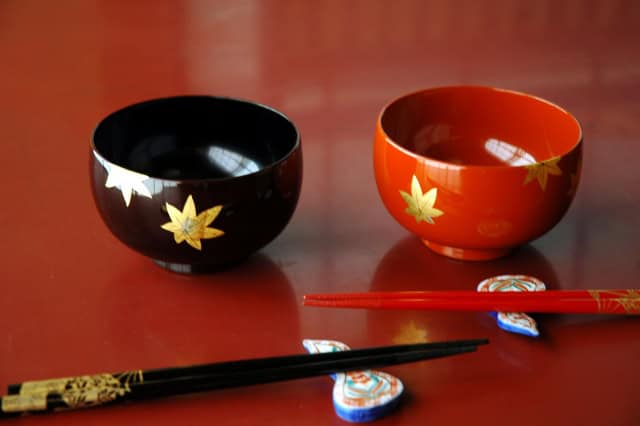
Lacquerware (Wajima and Yamanaka) ― Wajima-nuri is exceptionally durable lacquerware with ornate gold or silver inlay while Yamanaka-nuri features masterful woodturning and simple, yet elegant designs. At traditional shops like Nosaku (est.1780), you can even experience drawing and dusting.
3. Taste of Kanazawa: Culinary Culture Unveiled
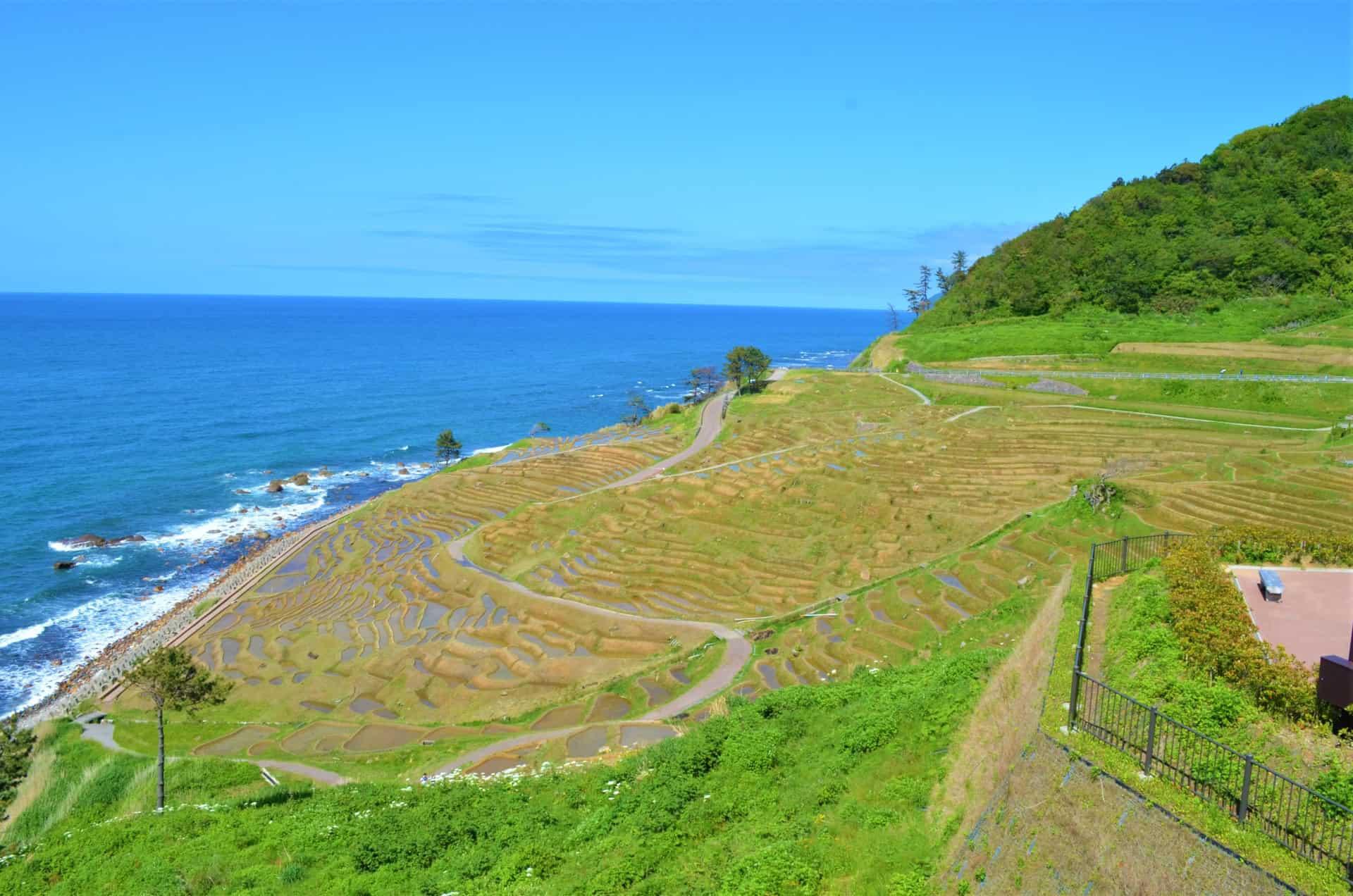
Kanazawa’s cuisine is all about balance – it combines fresh seafood from the Sea of Japan with produce from the region’s fertile plains, all elevated by the sophisticated culinary traditions inherited from the Maeda lords who once ruled the Kaga province (current Kanazawa and its surrounding areas in Ishikawa Prefecture). From ultra-fresh seafood to elegant kaiseki dining, Kanazawa’s food culture blends seasonal ingredients with centuries of culinary tradition.
Food Spots:
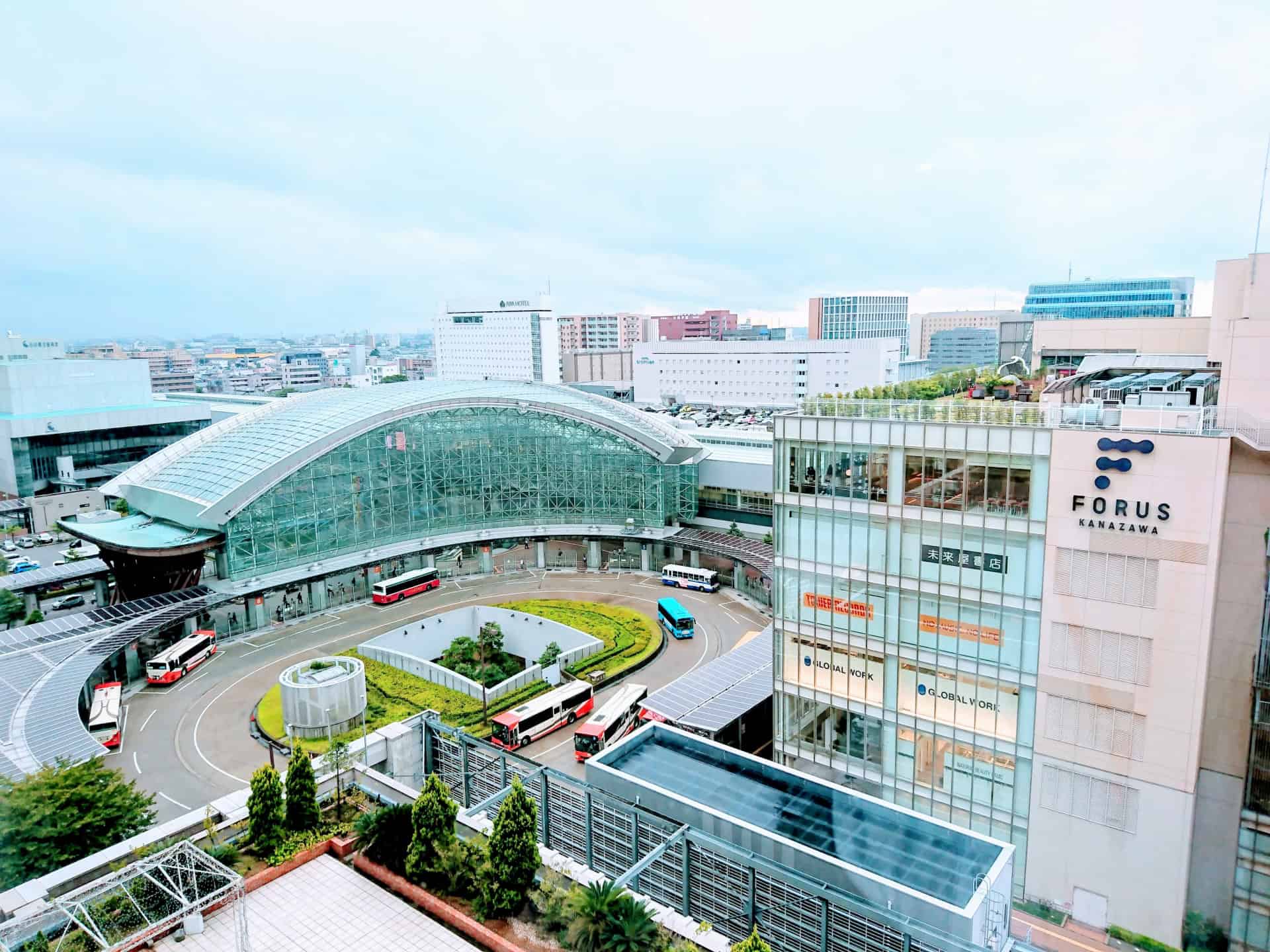
For exploring Kanazawa’s culinary excellence, the Kanazawa Station area provides convenience giving you easy access to a variety of eateries. Two other areas well-known for enjoying the city’s cuisine are:
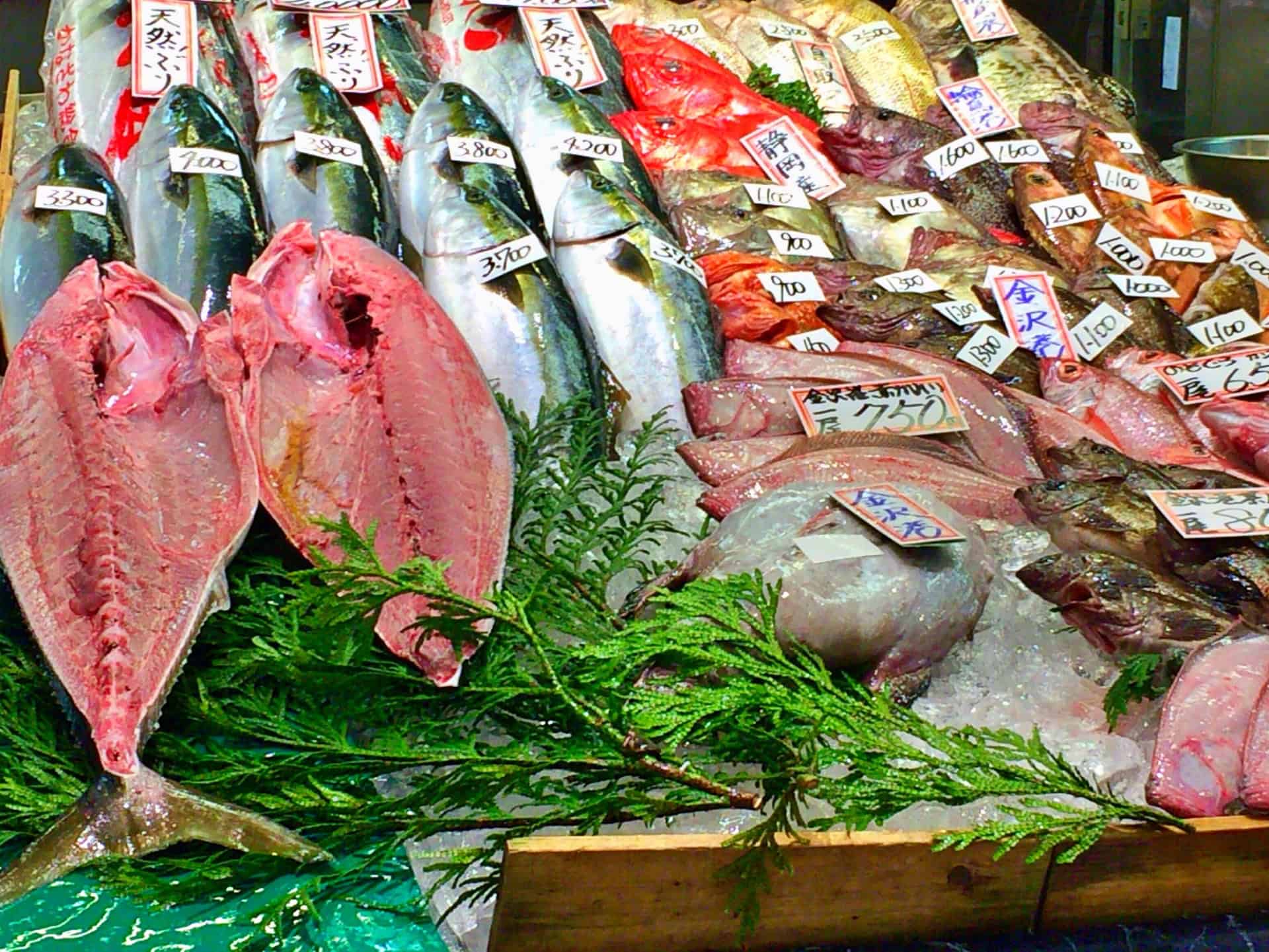
Omicho Ichiba Market ― Kanazawa’s bustling food market for over 300 years where many stalls and small restaurants serve freshly prepared dishes, making it the perfect place to try local specialties.
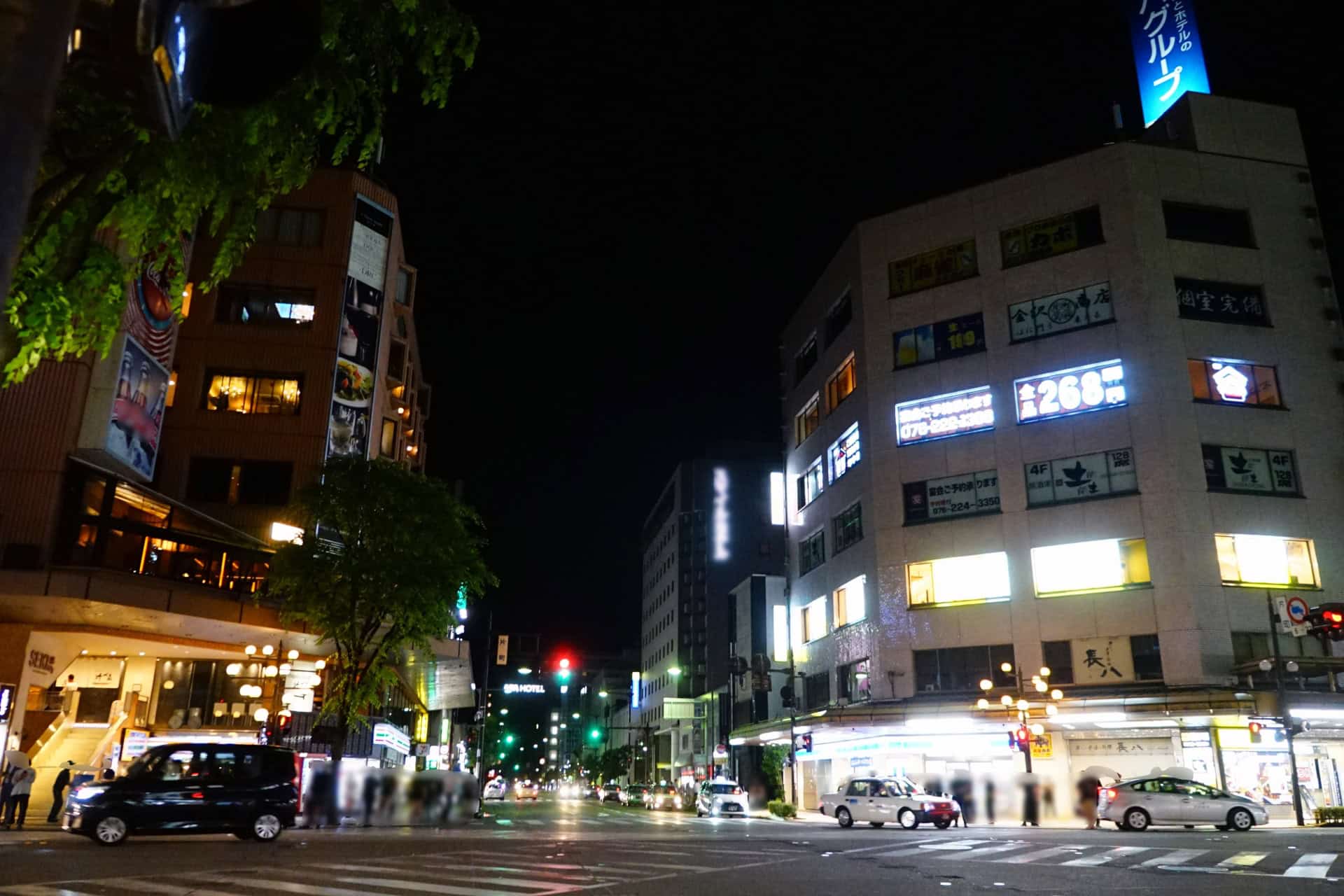
Katamachi District ― Kanazawa’s downtown area offers everything from reasonable local foods to high-end traditional cuisine, and is ideal for exploring the city’s lively culinary scene.
Signature Dishes:
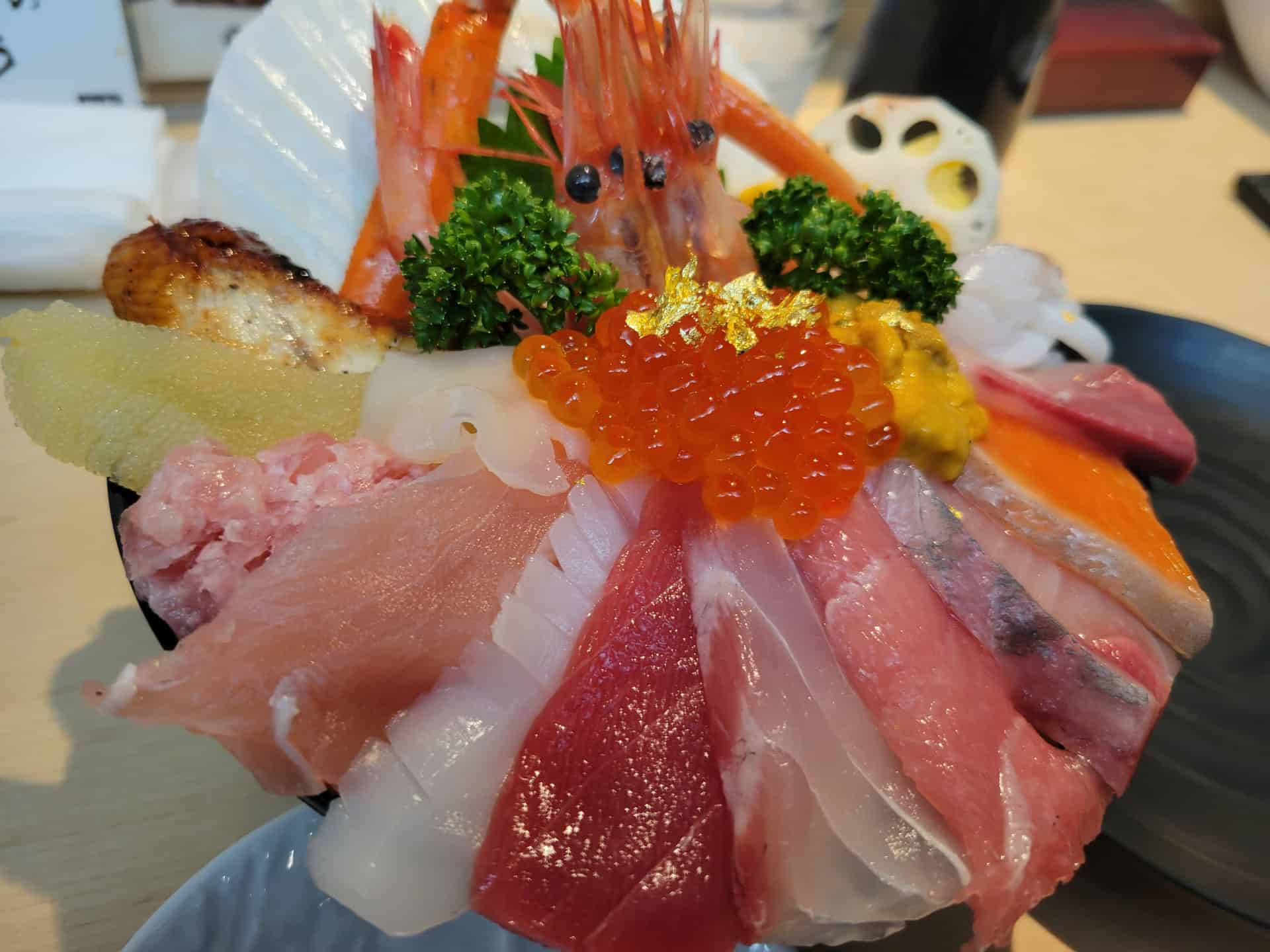
Kaisen don, a dish of incredibly fresh seafood over sushi rice, comes at the top of Kanazawa popular dishes, while Jibuni is a traditional local duck and vegetable stew regarded as a warm, rich and deeply comforting Kanazawa specialty. For those who would like to have an exquisite dining experience, try Kaga Kaiseki Ryori (Kanazawa Kaiseki Cuisine), an elegant, samurai-influenced multi-course meal often served at prestigious ryotei (upscale traditional Japanese restaurants).
✨ For more local Kanazawa foods worth-tasting, check our article of “What to Eat in Kanazawa: 5 Best Local Foods You Can’t Leave Without Trying“
4. Immersive Cultural Experiences & Local Festivals
Kanazawa is less a museum of the past and more a portal to experience it. Whether it’s attending a traditional tea ceremony, exploring the world of ninja or watching geisha performances, these experiences allow you to dive into Kanazawa culture. This hands-on spirit is on full display at the Hyakumangoku Matsuri, a vibrant summer festival that celebrates the city’s samurai roots with parades, music, and traditional dress.
Hands-On Cultural Activities:
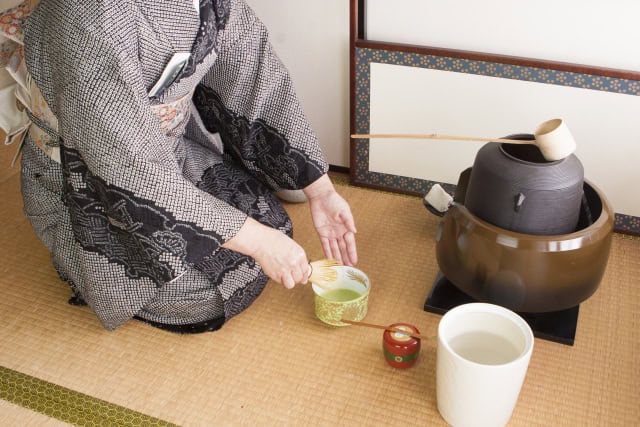
Tea Ceremony ― Discover Kanazawa culture and Japanese traditions by joining in a tea ceremony in English. You’ll get a chance to make your own tea and enjoy it with a delicate Wagashi sweet at Kenrokutei in Kenrokuen Garden.
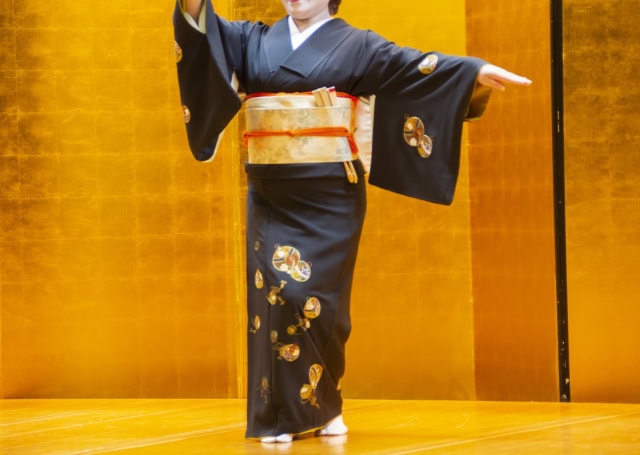
Geisha Performances ― Watch an authentic geisha (called geiko in Kanazawa) performance while enjoying a delicious meal and participating in fun games, too. Get insights into the geisha culture in English at Kaikaro’s Geisha Evenings.
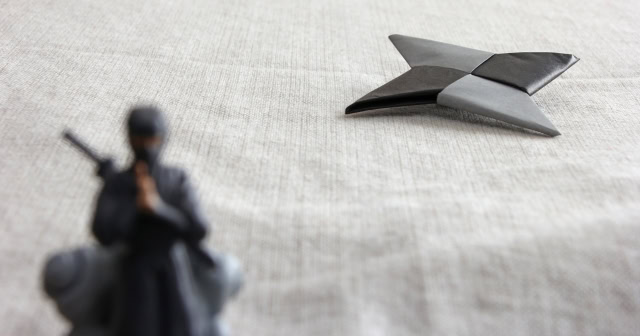
Ninja World ― To immerse yourself in ninja culture, visit the Ninja Weapon Museum to see authentic artifacts and try your hand at throwing ninja stars.
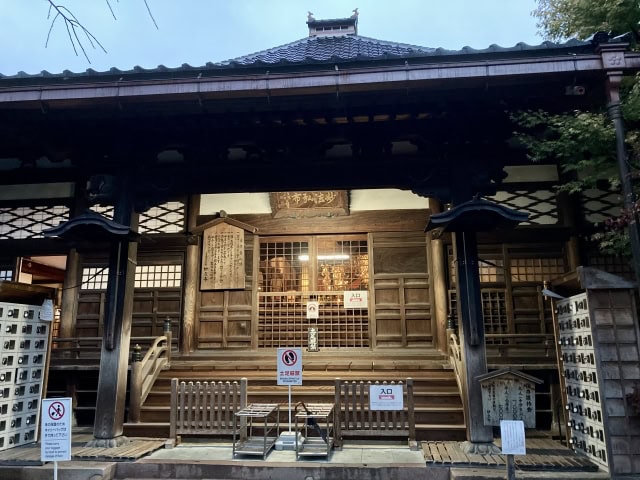
Alternatively, you can explore the architectural intrigue of Myoryuji, often called the “Ninja Temple“, for its secret passages, hidden rooms, and traps designed to thwart intruders, even though the temple wasn’t home to ninjas. A guided tour of the inside temple is available but in Japanese language only.
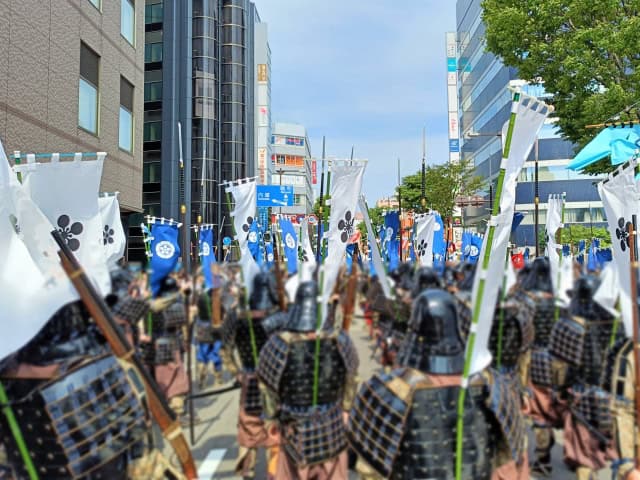
Hyakumangoku Festival ― Held annually in early June, the Kanazawa Hyakumangoku Matsuri is the city’s biggest festival, honouring Lord Maeda Toshiie’s arrival at Kanazawa Castle in 1583. The main parade is a vibrant showcase of Kanazawa culture, featuring traditional dance performances and a spectacular samurai procession that creates an authentic Edo-period atmosphere.
5. Why Kanazawa Culture Captivates Travelers
From centuries-old traditions to cutting-edge art, Kanazawa culture offers a richness that rivals Kyoto—but with fewer crowds and a more serene atmosphere. Here’s how this unique cultural legacy continues to inspire travelers.
🌿 Gardens of Tranquility
Kanazawa is home to some of Japan’s most celebrated landscape gardens, each offering a distinct expression of seasonal beauty and design.
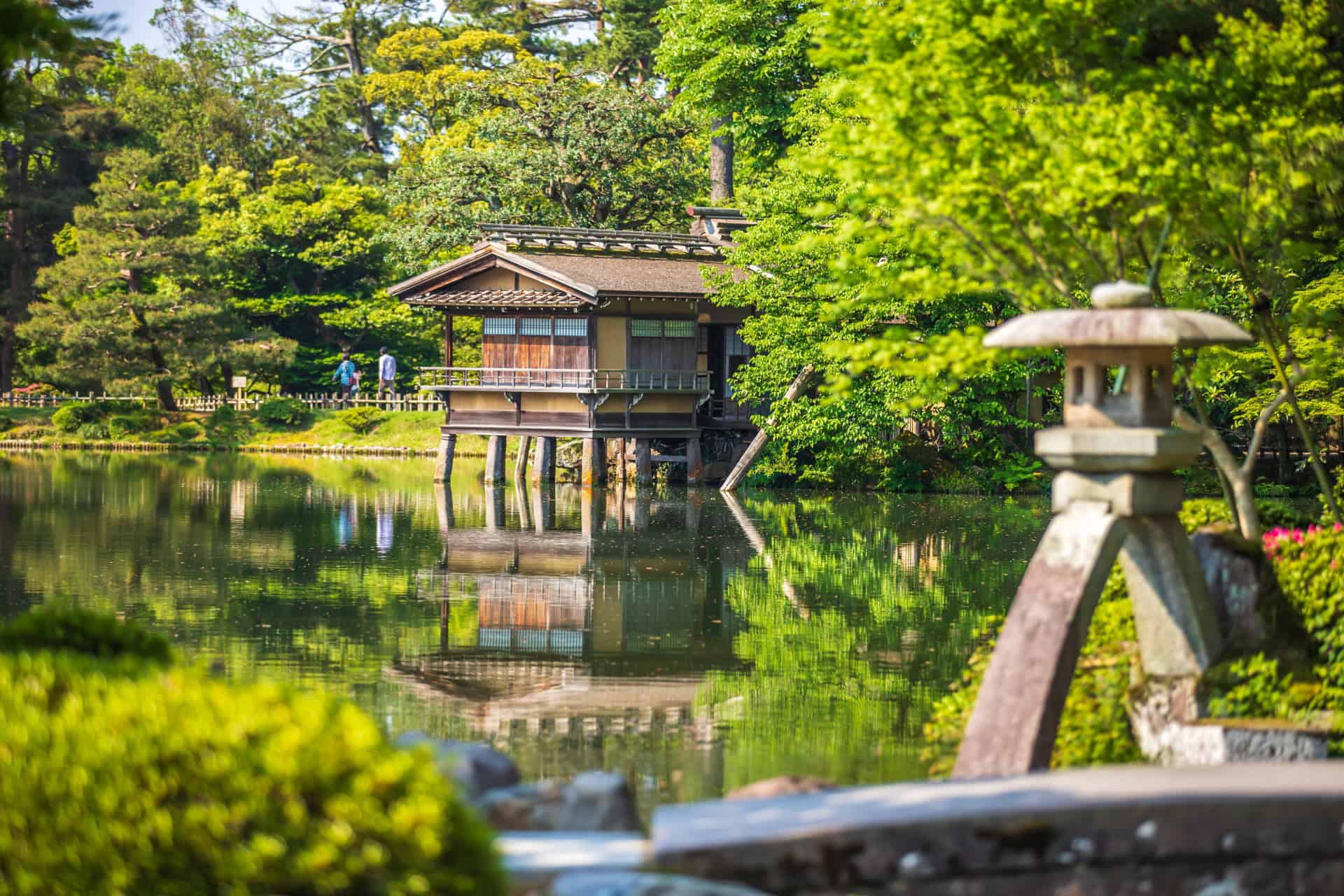
Kenrokuen Garden ― Considered one of Japan’s top three gardens, showcasing stunning landscapes, seasonal flowers, and picturesque ponds that embody the essence of Japanese garden design, Kenrokuen Garden is a must-visit for anyone traveling to Kanazawa where you can enjoy tranquility and beauty year-round.
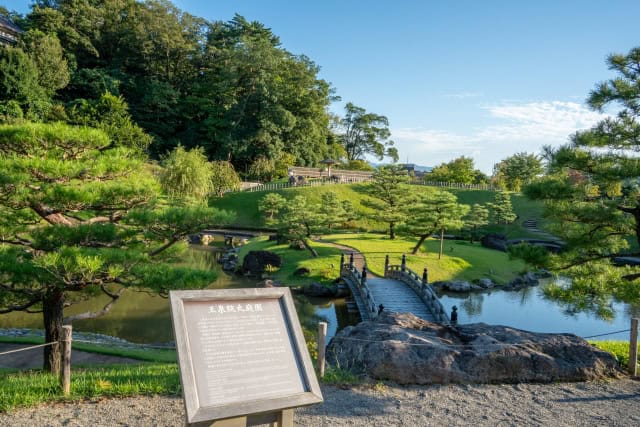
Gyokusen’inmaru Garden ― Nestled within Kanazawa Castle Park, beautifully reconstructed Gyokusen’inmaru Garden is a quiet retreat with a tearoom where you can have a matcha and a sweet for 800 yen while admiring the garden.
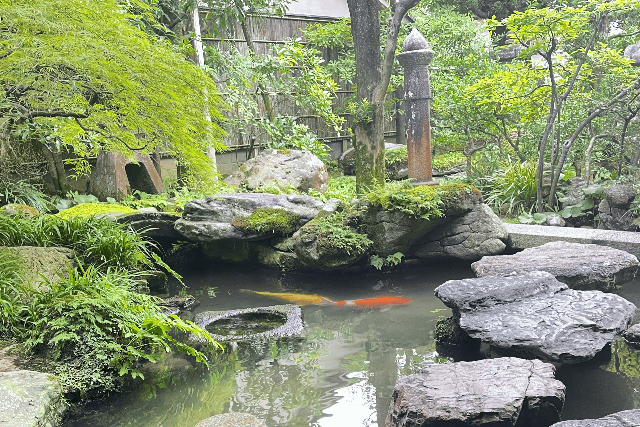
Nomura-ke Samurai Residence Garden ― Even smaller spaces like Nomura Family Samurai Residence comes with an elegantly designed garden with Koi carp in the pond. The gentle sound of water you hear will add a serene ambience to the already tranquil atmosphere.
🛕 Spiritual Spaces (Shrines & Temples)
Kanazawa’s spiritual heritage comes to live in its peaceful temples and uniquely designed shrines that reflect centuries of history.
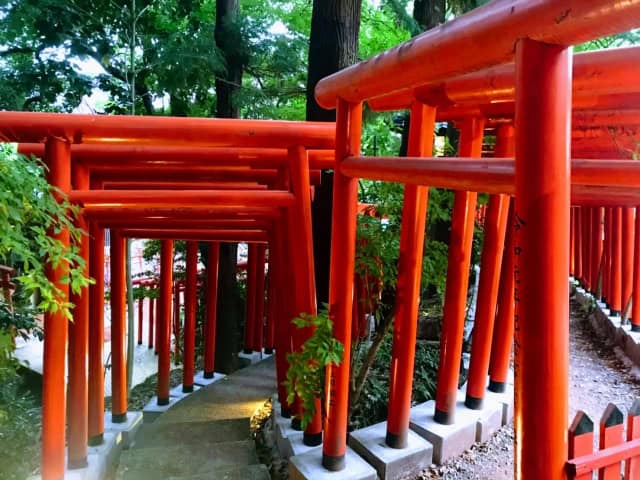
Kanazawa Shrine ― Adjacent to Kenrokuen Garden, Kanazawa Shrine is a historic shrine tied to the Maeda clan and it’s dedicated to Sugawara no Michizane (deity of scholarship). Featuring traditional vermilion architecture and many torii gates, it’s a serene destination surrounded by a beautiful garden and a peaceful forested area.
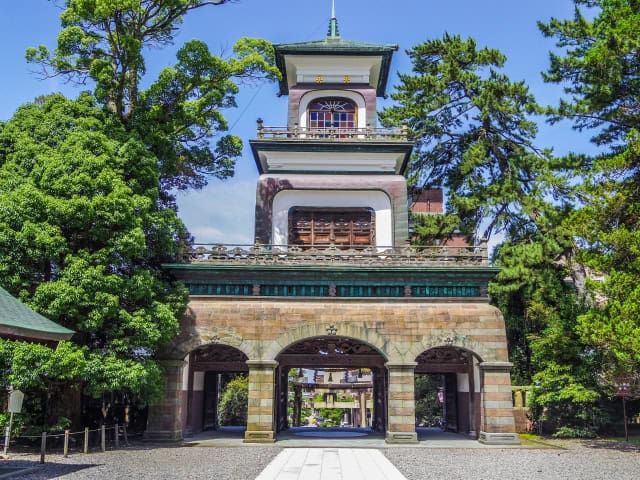
Oyama Shrine ― Located near Kanazawa Castle Park, Oyama Shrine is famous for its unique gate blending Japanese, Chinese, and European styles. Dedicated to the city’s founder, Lord Maeda Toshiie and his wife and surrounded by picturesque gardens, it’s a popular spot for both spiritual and aesthetic experiences.
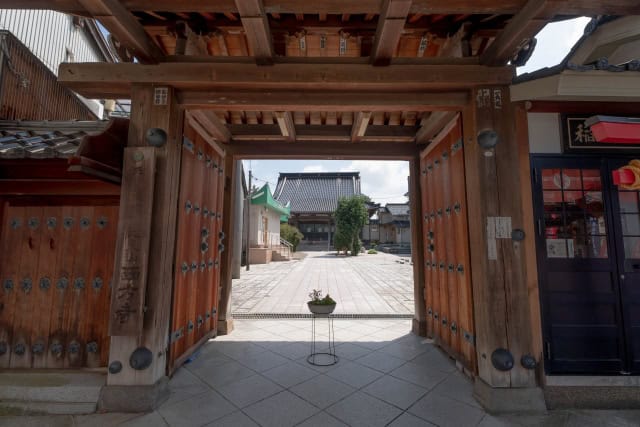
Tera Machi ― Known as the “Temple Town“, this historic district is filled with Buddhist temples, originally relocated by the Maeda Clan during the Edo period to serve as a defensive buffer. Today, its calm atmosphere is perfect for quiet exploration.
🖼️ Art & Modernity
Kanazawa balances its historical roots with modern creativity, especially through its world-renowned art institutions.
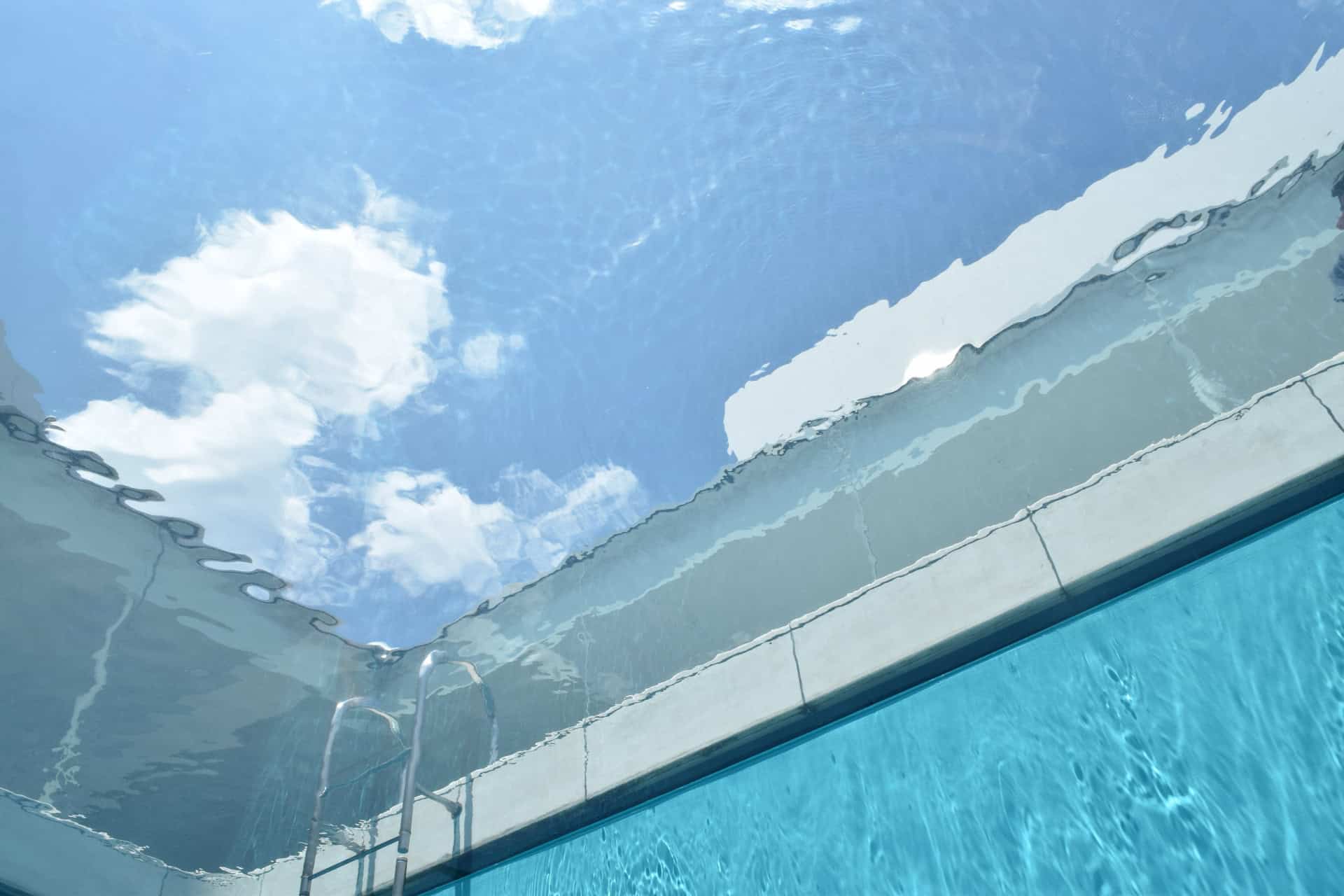
Kanazawa boasts a vibrant modern art scene, highlighted by the 21st Century Museum of Contemporary Art, a sleek, circular building, known for its bold modern art and interactive installations like Leandro Erlich’s “The Swimming Pool” that provides a futuristic vision in a city steeped in tradition.
Complementing this, KAMU Kanazawa, a private museum opened in 2020, showcases works from global artists and photographers across its six different exhibition sites within the city, encouraging visitors to discover Kanazawa’s charm while enjoying the art.
🧘 Zen and Reflection
Within Kanazawa culture, one finds a strong emphasis on spaces dedicated to introspection, minimalism, and the legacy of Zen philosophy.
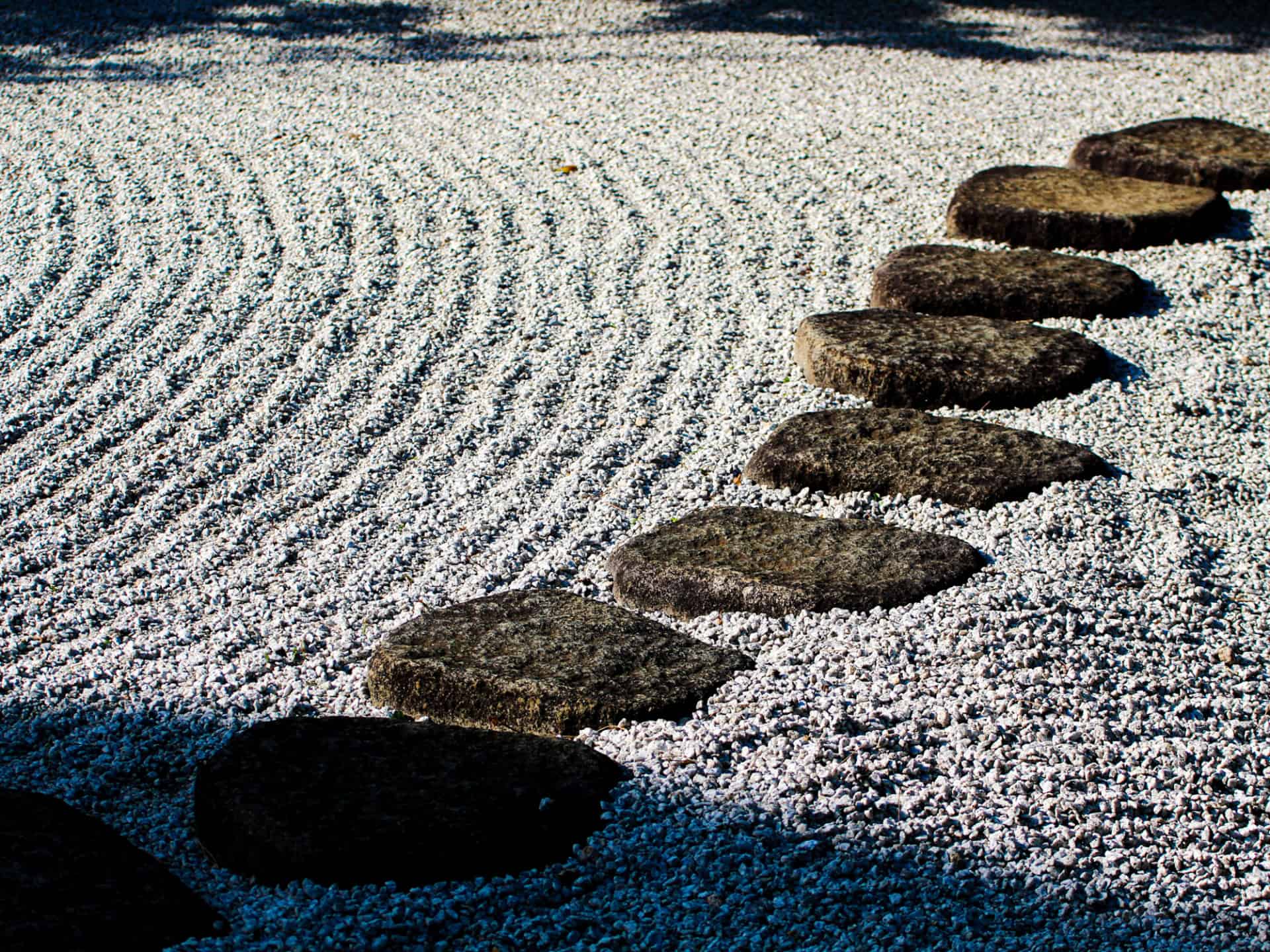
In a city that blends artistic refinement with inner calm, moments of stillness are easy to find — and even easier to embrace such as at the D.T. Suzuki Museum, a peaceful space honouring the Buddhist philosopher D.T. Suzuki, where you can see the minimalist architectural design and tranquil water gardens to engage in contemplation of the Zen philosophy he brought to the West.
Houenji Temple, the ancestral temple of the Maeda clan, is another place to have moments of introspection by taking their Zen Meditation Experience in English. The experience focuses on teaching the proper posture and breathing techniques to help you calm your mind within the temple’s serene and historic atmosphere.
A Cultural Escape Like No Other
While Kyoto is often regarded as the epitome of Japanese tradition, Kanazawa offers a quieter, more intimate window into the heart of Japanese culture. With its well-preserved historic neighborhoods, vibrant artisan crafts and enriching cultural experiences, Kanazawa is perfect for those seeking depth, authenticity and serenity.
Whether you’re tracing the footsteps of samurai, tasting time-honored dishes, or admiring gold leaf shimmer in the afternoon light, one thing becomes clear: Kanazawa culture isn’t just something you see—it’s something you feel!
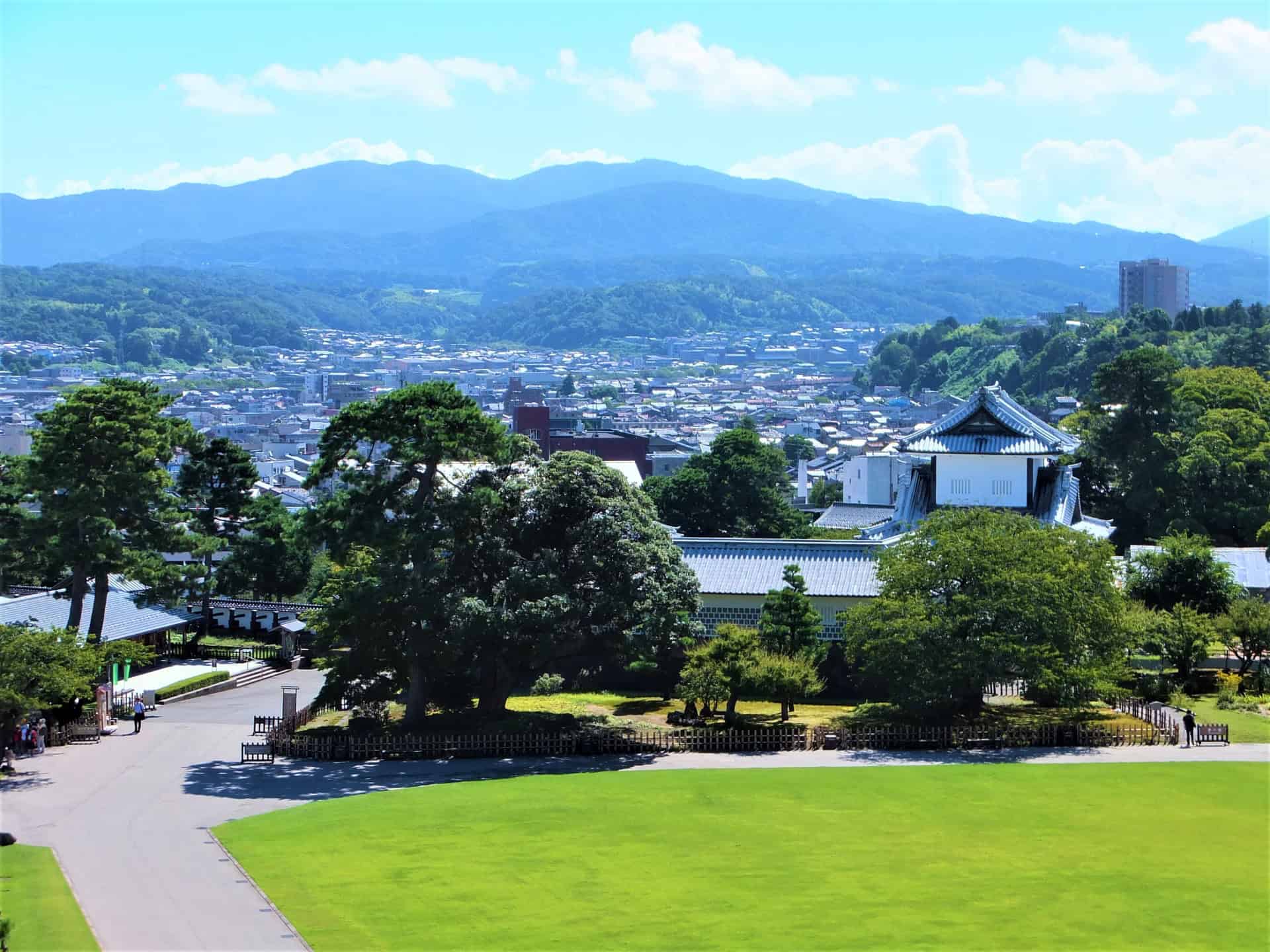
🚅 How to Get to Kanazawa from Tokyo
Reaching Kanazawa from Tokyo is straightforward and convenient. By taking the Hokuriku Shinkansen, which is the most popular way, you’ll arrive in Kanazawa in 2 hours and a half.
For budget-conscious travelers, a night bus will be the most economical choice, although the journey will extend to 8.5 hours or more. If you’re heading directly to Kanazawa upon arrival at Haneda Airport, consider flying to Komatsu Airport, which takes 1 hour plus a 45-min limousine bus ride to Kanazawa Station.
For more info: check Japan Transit Planner and Komatsu Airport.
If you’re looking for more culture related posts, why not explore our culture section. For those who are interested in Japanese Food, check out our food section. Or you can head to our Instagram account for our posts of fantastic restaurants, festivals, and travel experiences.
All the information and details are correct at the time of publishing. We would recommend checking each relevant website for the latest information.


